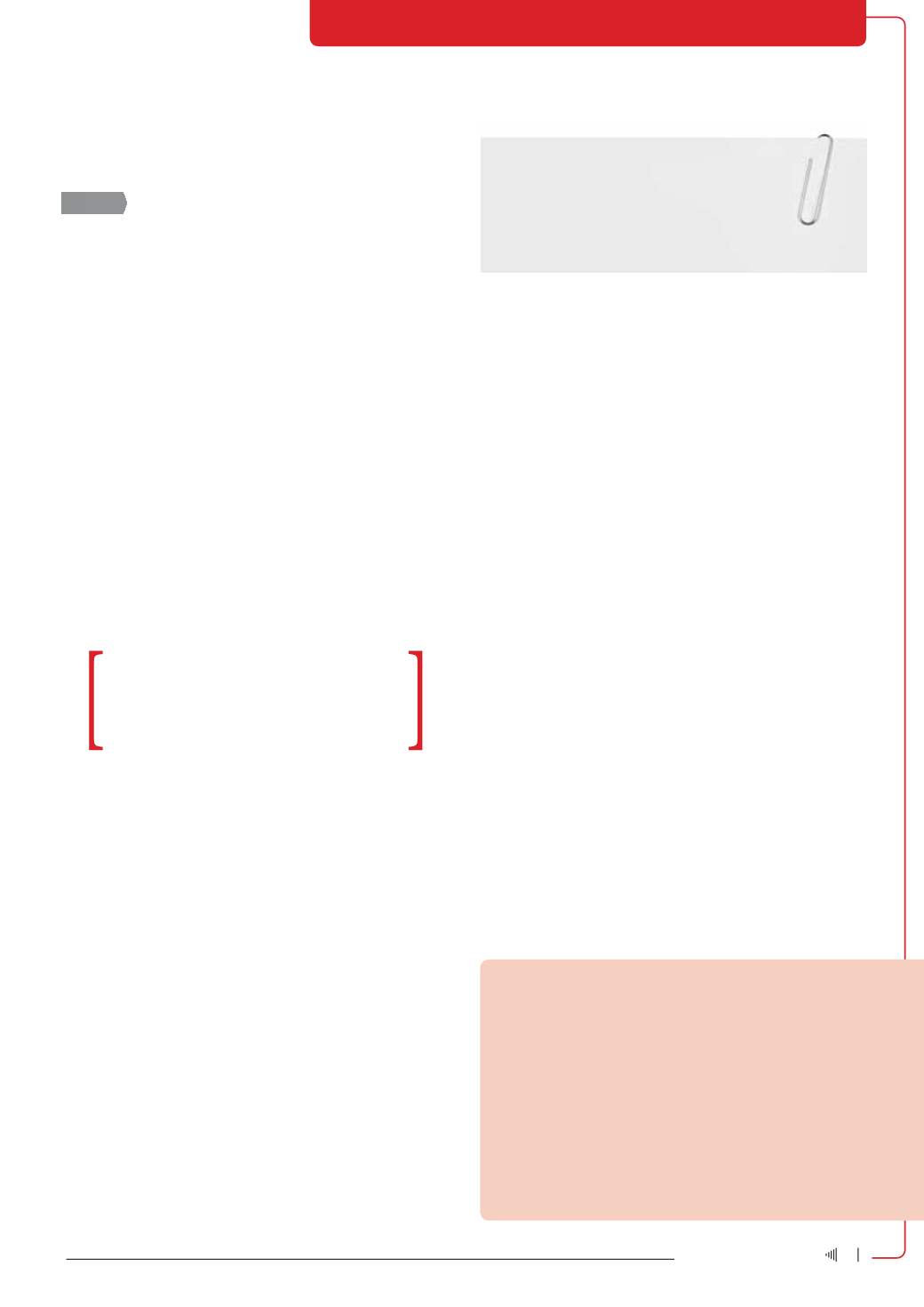

A 7-step investigative approach enables
companies to identify operational challenges in
advance and address them in the design phase.
CONTROL SYSTEMS, AUTOMATION + SYSTEMS ENGINEERING
STEP 7:
Validate objectives and finalise design details
• Validate solution vis-à-vis design objectives
• Thermal considerations
As with any installation project, ensure that the proposed solution
actually meets its objectives. Particularly when the objective was
not to reduce diesel dependency ‘at any cost, ‘perform a high-level
cost-benefit analysis to confirm that the realisable ROI is consistent
with the target ROI before proceeding to finalising design details,
ordering equipment, and preparing cost proposals.
Thermal considerations
Optimal thermal design plays an important role in ensuringmaximum
output and safe operation under various environmental conditions.
Some best practices:
• Ensure optimal spacing between equipment inside the enclosure/
shelter, especially when the components use convection cooling
• Analyse the head-dissipation data for the equipment to consider
worst-case operating conditions for efficiency
• Mount the enclosure in a location that it is not exposed to direct
sunlight and allows cool air to circulate into the unit
Site accessibility
Keep in mind the accessibility of the site(s) for the final deployment
of the solution. If a site is very difficult to access, the pre-assembled
enclosure cannot be transported to the site. Individual equipment
must be carried separately and then the solution assembled at the
site. But if the site is easily accessible, the pre-assembled enclosure
can be transported to the site.
More people in more places on Earth are becoming connected by
cell phones and other mobile devices. Increased cellular data traffic
means more telecom towers are needed ‒ particularly in developing
and emerging regions of the world where electrical grids are either
unreliable or non-existent. Telecom tower companies have long relied
on diesel generators to power installations in such locations. But
diesel generators frequently operate at low efficiency, carry a large
carbon footprint, and can be expensive accounting for over 20% of a
typical telecom tower company’s operating expenses.
To reduce their dependency on diesel generators, telecom com-
panies have begun to adopt battery-based solutions — including
the integration of solar energy —at their towers and base stations
in remote sites. Rather than continuously running a diesel generator
at lower capacity, a battery solution allows the generator to run at
higher capacity for shorter periods of time. Batteries are charged by
the generator when it is running at higher loads (when it is more ef-
ficient), and discharged to support the site loads when the generator
is switched off. Such a hybrid system can cut operating expenses by
more than 35% and greatly reduce carbon emissions.
Conclusion
Each site is unique in many ways (environmental conditions, load
profile, number of generators, monitoring needs, grid reliability)
and needs its own unique solution. However, even though each site
has its own set of characteristics that need to considered, the overall
approach and principles for designing a battery-based solution for tel-
ecom tower sites remain the same for every installation. A systematic
7-step investigative approach enables companies to identify potential
operational challenges in advance and address them effectively in
the design phase:
Step 1:
Sets contextual framework that informs
everything that follows.
Steps 2 – 5:
Collect information and data
about the tower site that become the parameters and (
Step 6
) inputs
for selecting components and equipment for the solution. Finally,
Step 7,
it needs to be confirmed that the proposed solution actually
meets its objectives.
Bibliography
[1 Cisco Visual Networking Index: Global Mobile Data Traffic Fore-
cast Update, 2013 -2018.
[2] World Bank. Information and Communications for Development
2012: Maximising Mobile.
[3] Mason A. LTE infrastructure: Worldwide demand drivers and base
station forecast 2012–2017.
[4] Catalyst Energy Technologies. Schneider Electric solution enables
CET to cut diesel consumption of Telecom Tower sites by >35%.
Dhaval Shah is the Solutions Architect in the Solar Business at Schneider
Electric. He has over eight years of experience in new product development
and solutions consulting for the back-up and off-grid applications. In his cur-
rent role, Dhaval is actively engaged with various installers across the globe
to provide architectural inputs for optimal solutions design for telecom tower
sites, microgrids, and other hybrid applications.
Ranjeet Kuberkar is a Global Product Manager in the Solar Business at Schnei-
der Electric. He has over seven years of product management, marketing and
entrepreneurial experience. He looks after the applications of battery-based
inverters in various end customer segments at Schneider Electric. He also man-
ages the monitoring and control offer for grid-tie and battery - based inverters.
Enquiries: Isabel Mwale. Email
Isabel.mwale@schneider-electric.co.zatake note
• Running a remote site on diesel alone is not a cost ef-
fective solution.
• Battery-based site solutions offer significant benefits.
• Solar supply is easily incorporated into a battery-based
solution.
7
December ‘15
Electricity+Control
















